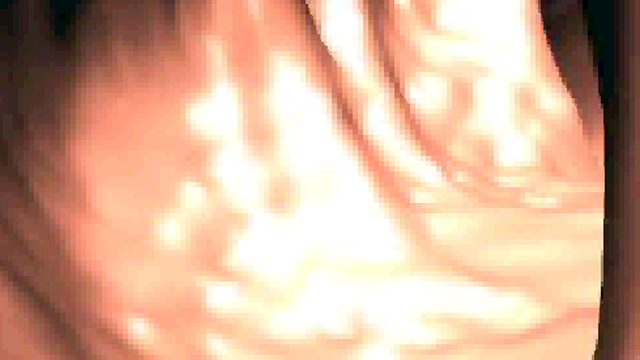 A National Institutes of Health (NIH) doctor aims to revolutionize a notoriously unpleasant medical test to identify a leading cause of cancer death.
A National Institutes of Health (NIH) doctor aims to revolutionize a notoriously unpleasant medical test to identify a leading cause of cancer death.
Dr. Ronald M. Summers, M.D., Ph.D. pioneered the virtual colonoscopy. It uses non-invasive imaging similar to a CT scan to find polyps in the colon that are the precursor to cancer.
“What I’m trying to do is develop alternatives that might be just as effective at preventing cancer of the colon,” Dr. Summers whose official title is Senior Investigator, Clinical Image Processing Service, NIH Clinical Center. “If we can find those polyps, we can prevent cancer of the colon. And, in America, colon cancer is the second leading cause of cancer death, so it’s a pretty important disease.”
Computer tools developed by Dr. Summers help doctors find polyps more accurately and have already been so effective that a number of patents have already been developed for public use.
“In fact, we’ve licensed this technology to a company; that company developed a product along the lines of what we were doing and they got FDA (Food and Drug Administration) approval for it,” he said. “It just felt really good that this technology is not just sitting in a lab, but it’s getting out there and helping patients.”
No More Unpleasant Prep
Anyone who has had a non-virtual colonoscopy is familiar with the preparation for the procedure – an experience far from pleasant. Dr. Summers wants to change that.
“One of the projects that I’ve been working on is to try to do without most of that bowel prep, especially the nasty liquid that you have to drink,” he explained. “So we are trying to develop a way to still find polyps in the colon without that step of the procedure.”
Dr. Summers said that “involves using computer technology to analyze the images, but in a different way. Without having that particular part of the bowel prep, it’s a little trickier to find the polyps, so we have to work a little harder at the methods that we develop to try to find those polyps.”
Big Images Mean Big Data
The trickiness and difficulty of that task is not lost on Jon McKeeby, CIO at the NIH Clinical Center. In a recent conversation with Breaking Gov he said finding systems that can handle and visualize the big data produced and the magnitude of images in a virtual colonoscopy is essential.
“You need a scientist like Dr. Summers that can push the envelope of saying what they need,” said McKeeby. “There’s just so much big data and so many big images that finding the tools to do something with them is key.”
McKeeby said Dr. Summers has made great strides, but because the amount of data and how it gets down to the cell level, the images are only going to get bigger.
“So you are still going to need to harness all the technical power. I think you’ve got to keep pushing the envelope. But I’m not sure technology is going to be ahead of the imaging for a while, because you are getting down to the cell level.”
Solving Difficult Problems
Dr. Summers is also the chief of the Clinical Imaging Processing Service, which is part of the Radiology and Imaging Sciences Radiology and Imaging Sciences Department in the Clinical Center.
“It’s a group of scientists and radiology technologists who work together to try to help the doctors at the NIH Clinical Center with their difficult radiology imaging problems. Typically what they do is what we call quantitative analysis of the radiology images which is very helpful at assessing therapy and extent of disease.”
Radiology and Imaging Sciences provides imaging services for NIH Clinical Center patients participating in research protocols conducted by the various NIH institutes.
Services include X-rays, fluoroscopy, mammography, ultrasound, magnetic resonance imaging (MRI) scans, computed tomography (CT) scans, and interventional radiology (special procedures). Radiology also conducts research studies of clinical imaging procedures and offers training in biomedical imaging research.
“Typically if a patient gets a CT scan or an MRI after the pictures are taken the radiologist will view the images and provide a written interpretation of the results,” said Dr. Summers.
He added: “But we go one step further, which is to make a lot of measurements off the images. It’s typically not done at most places, but these measurements are then used to help figure out whether the therapy is working, or typical aspects of the patient’s disease that might guide which type of therapy will be more efficacious.”